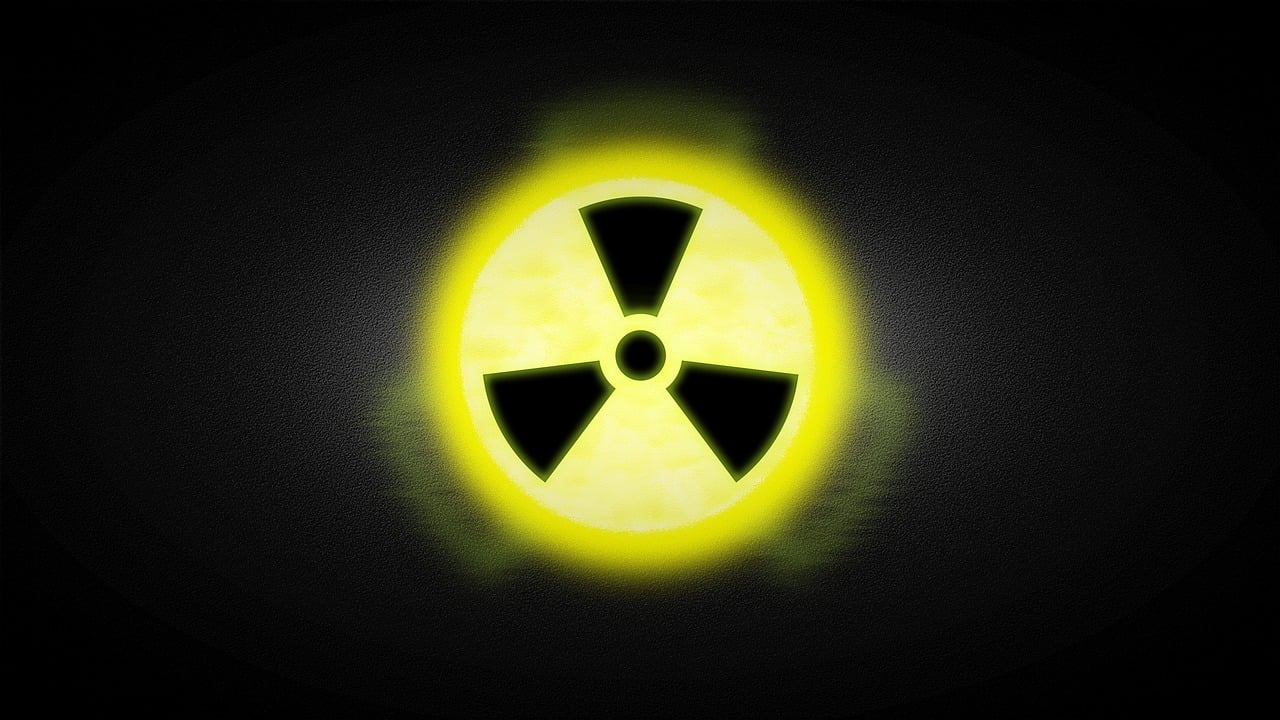Introduction
Slaked lime, also known as calcium hydroxide (Ca(OH)₂), is an important compound with widespread applications in various industries. This soft white powder or paste is produced by mixing quicklime (calcium oxide, CaO) with water, in a process known as slaking. This chemical reaction transforms the reactive quicklime into a more stable and useful form, making it essential for numerous purposes.
The Chemistry Behind Slaked Lime
The creation of slaked lime is a relatively simple yet highly significant chemical process. When quicklime is combined with water, the following reaction takes place:
CaO+H2O→Ca(OH)2
This reaction generates heat and produces slaked lime in either powder or paste form. The resulting compound is less reactive than quicklime but retains valuable properties that make it a versatile material across different industries.
Key Uses of Slaked Lime
- Construction Industry
One of the most prominent applications of slaked lime is in the construction industry. It plays a vital role in the production of mortar, plaster, and whitewash. The paste form of slaked lime is especially useful for binding construction materials together, making it a key ingredient in masonry. Historically, it has been used for centuries in building strong, durable structures.
In addition to its bonding properties, slaked lime also helps to create a smooth, durable finish in plasters and whitewash, adding both aesthetic appeal and longevity to buildings.
- Water Treatment
Slaked lime is highly effective in water treatment processes. It is commonly used to soften water by precipitating out calcium and magnesium ions, which are responsible for water hardness. Additionally, slaked lime helps in removing impurities like metals and organic matter from water, making it suitable for safe consumption and industrial use. Its ability to neutralize acidity also makes it essential in maintaining pH balance in water treatment plants.
- Agriculture and Soil Treatment
In agriculture, slaked lime plays a crucial role in improving soil quality. When added to acidic soils, it acts as a neutralizing agent, helping to raise the soil’s pH levels. This adjustment in acidity fosters healthier plant growth, as many crops thrive in neutral to slightly alkaline soils. This practice of liming is particularly beneficial in areas where soil tends to be overly acidic due to factors like heavy rainfall or poor soil management.
- Food Industry
Though it may seem surprising, slaked lime also finds a place in the food industry. It is used as a food additive (designated as E526) in certain processing methods. One notable example is its use in the production of tortillas through the process of nixtamalization. In this process, corn kernels are soaked and cooked in a limewater solution, which improves the nutritional content of the corn and enhances the texture and flavor of the tortillas.
- Environmental Applications
Slaked lime is widely employed in environmental applications, particularly in the treatment of wastewater and air pollution. It can neutralize acidic industrial waste and is used in flue gas desulfurization to reduce sulfur dioxide emissions, a major contributor to acid rain. In sewage treatment plants, slaked lime aids in the clarification process by coagulating solids and improving the removal of harmful substances from wastewater.
Conclusion
Slaked lime, or calcium hydroxide, is a highly versatile compound that serves as a cornerstone in industries ranging from construction and agriculture to environmental protection and food processing. Its ability to neutralize acidity, bind materials, and treat impurities makes it indispensable in both industrial and everyday contexts. Despite being a relatively simple compound, slaked lime’s impact is far-reaching, and it continues to play a vital role in many areas of modern life.















